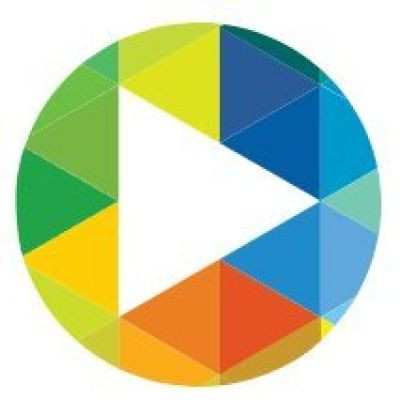Planets in our solar system | Sun and solar system | Solar System for children | 8 planets elearnin
Planets in our solar system | Sun and solar system | Solar System for children | elearnin
The Solar System consists of the Sun and its planetary system of eight planets, their moons, and other objects including asteroids and meteors. Our planet Earth is one among the eight planets that revolve around the Sun.
It's called solar system because the word solar means relating to the sun. Since Sun is the centre most part of this system, it is called solar system.
Objects seem to smaller in size when seen from a great distance but are very huge and large in reality.
Similarly, the moon and stars are very big and huge in size, but appear to be smaller in size to our eyes because they are very very far away from the Earth, where we live. The distance between the objects in the solar system is so large that these numbers would run into millions and billions of kms. Hence they are measured with a specific unit called light year. One light year is exactly 9460730472580800 mts. Sun is 149,600,000 km away from earth. Sun is very far from the Earth. That is the reason why sun looks smaller in size.
Solar system is the family of the sun. Sun is very big compared to the moon, probably around 400 times bigger. Sun is also a star but, remember, it's not the biggest star in the Universe. There are lots of stars present in the universe which are very far away from the sun, some of them about thousands of light years away. That is why stars look like dots in the night sky.
Sun is like a ball of fire. The sunlight from the sun takes about 8.5 minutes to reach the surface of the earth.
Sun is the center of the solar system and all the planets revolve around the sun in orbits. Orbit is a curved path of an object around a point in space. Orbit means moving around in Roman.
Earth is one of the planets in the solar system and takes exactly 365.25 days to revolve around the sun. Earth also rotates around its own axis in 24 hours or 1 day. Just like Earth every planet rotates on its own axis and revolves around the Sun.
Mercury: Mercury is the smallest of all planets, it is every hot as it is the closest to the sun, hence no living being can live on this planet. Mercury was named after a roman god Mercury who is the fast flying messenger. Mercury takes only 88 days to revolve around the sun, which makes it the fastest revolving planet around the sun.
Venus: Venus is the second closest planet to the Sun. Venus is visible in morning and evening as the brightest star from earth. Venus takes about 244.7 days to orbit around the sun and is named after the roman goddess of love and beauty.
Earth: Our planet Earth is the third closest planet to the Sun. It is blue in color as there is lot of water present on the surface of earth. Water constitutes to about 70% of entire surface on the earth. Unlike Earth, moon is not a planet. It is a natural satellite of earth and it revolves around the earth. Satellite is a smaller body which rotates around another rotating body. Earth is the only planet which has animals, trees and human beings.
Mars: Mars is called the red planet because it's red in color. This red color is due to the presence of a chemical called iron oxide. Mars is named after the roman god of war. It two moons that in turn revolve around it.
Jupiter: Jupiter is the biggest and largest planet of the solar system and is named after roman god Jupiter. Jupiter is 317 times the mass of Earth. Jupiter may have all the rocky core of the heavier elements making it the biggest and the heaviest planet. Outer atmosphere of Jupiter is divided into several bands at different latitudes, resulting in storms. Jupiter has around 67 moons revolving around it. These are natural satellites of Jupiter.
Saturn: Saturn is the only planet has rings around it. Saturn is named after the roman god for agriculture. Saturn has just over 95 times mass as compared to the earth. The rings around the Saturn are mostly composed of the ice particles and some rocky debris and some dust. Saturn has around 62 moons revolving around it.
Uranus: Uranus is similar to Neptune and is named after the Greek god of sky Ouranos. It has around 27 natural satellites revolving around it. The Uranus is a unique as compared to the other planets because of the fact that its axis of rotation is tilted sideways unlike the other planets. Its looks bluish-green in color because the atmosphere of Uranus is very cold and cloudy.
Neptune: This is the farthest planet from the sun. It is about 17 times the size of earth. Neptune is light blue in color because it is the coldest of all planets. Neptune is the densest of all planets. It is named after the roman god for sea.
There was another planetary object called Pluto which was the 9th planet but is no more considered a planet because Pluto and its moons are now considered to be a region.This region extends from the orbit of Neptune.





















